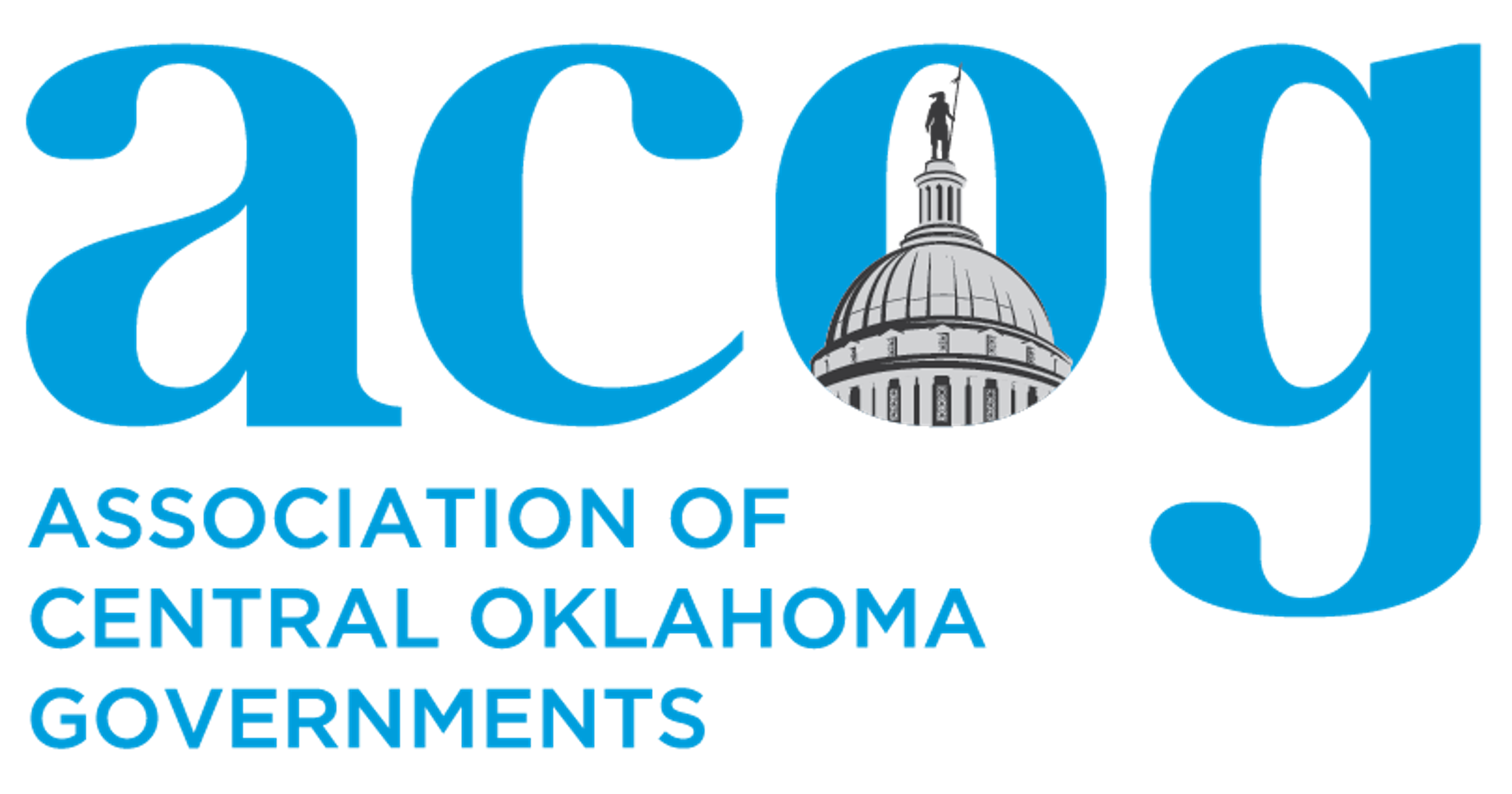COTIME, or the Central Oklahoma Traffic Incident Management Effort, was showcased in our nation’s capital January 14 at a national transportation conference. I was invited to speak at the Transportation Research Board Annual Meeting in Washington D.C. about the role ACOG has played in shaping the traffic incident management (TIM) committee aimed at reducing incident related congestion and provide safety to first responders and roadway travelers during a roadway incident.
The TRB annual conference educates, informs and networks public and private enterprise in an array of topics in transportation, including concrete overlay techniques, studies on roundabouts verses traffic lights and implementing art within a streetscape. My particular session at the conference focused on successful approaches used by metropolitan planning organizations (MPO) to include TIM in the planning process. Presenters from the Federal Highway Administration, and the MPOs in Philadelphia and Buffalo discussed the benefits ranging from incident management centers that serve as the central nervous system for a city’s first responder and transportation agencies, to regional cooperation and public participation.
Then it hit me. Oklahoma City really is a “big league city.” Although the ink is still drying on the COTIME committee bylaws, we must be off to a good start if COTIME is used as an example on a national stage. The larger MPOs I was on stage with cover areas with much larger populations, transportation alternatives (light or commuter rail, Bus Rapid Transit), and much more congestion than Central Oklahoma. However, the principles we share for ensuring the safety of our first responders and citizens run parallel to each other. We are in the infant stages with our incident management effort, but the lessons that are learned from the larger municipalities are guiding the baby steps of our growing “big league” incident management committee.
COTIME is currently researching ways first responders can track crash response times and improve communication between first responder agencies at the scene of a crash. Also, the Oklahoma Highway Patrol is spearheading an effort to push TIM protocol and procedures to other parts of the state, including monthly training classes in the Oklahoma City and Tulsa metro areas, as well as rural incident management in smaller communities across Oklahoma.
COTIME is an 18-member multi-disciplinary committee tasked with developing consistent TIM protocol, policies and training for first responder and transportation agencies in Central Oklahoma, in the interest of public safety. Committee meetings are open to the public and take place in the ACOG boardroom on the second Tuesday of the month.
